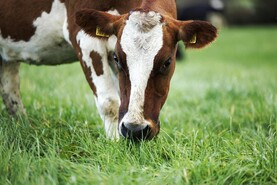The UN Food and Agriculture Organisation (FAO) food price index reached 134.4 in November, the highest level since June 2011.
It was up 1.6 points on October and is running 28.8 points or 27% higher than a year ago in November 2020.
The main driver for the sustained increase has been cereal prices, with that index up 4.3 points on October and 26.6 points, or 23%, on November 2020. The increase has been driven by strong demand and tight supplies of higher-quality wheat among major exporters, driving prices to their highest level since May 2011. There are also concerns about the quality of harvest in Australia, with the arrival of unseasonal rain and uncertainty with Russian exports.
The dairy sector also recorded strong performance in November, up 4.1 points to 125.5, a 3.4% increase.
This puts the dairy index at 20.2 points or 19% higher than this time last year and is driven by stronger butter and powder prices.
This increased for the third month in a row as stocks fell through lower production in the EU and Oceania combined, with continued strong global demand.
In contrast, the meat index fell for the fourth month in a row, down one point to 109.8 points.
The main cause is the fifth consecutive month of pigmeat prices falling due to reduced buying by China, especially from the EU. Beef prices remained stable, with lower values for Brazilian exports offset by increases in Australia and the US.
Poultry meat prices were also stable, as global supply and demand were in balance, with shipping container shortages and Avian flu in Europe the big concerns.






 This is a subscriber-only article
This is a subscriber-only article










SHARING OPTIONS: